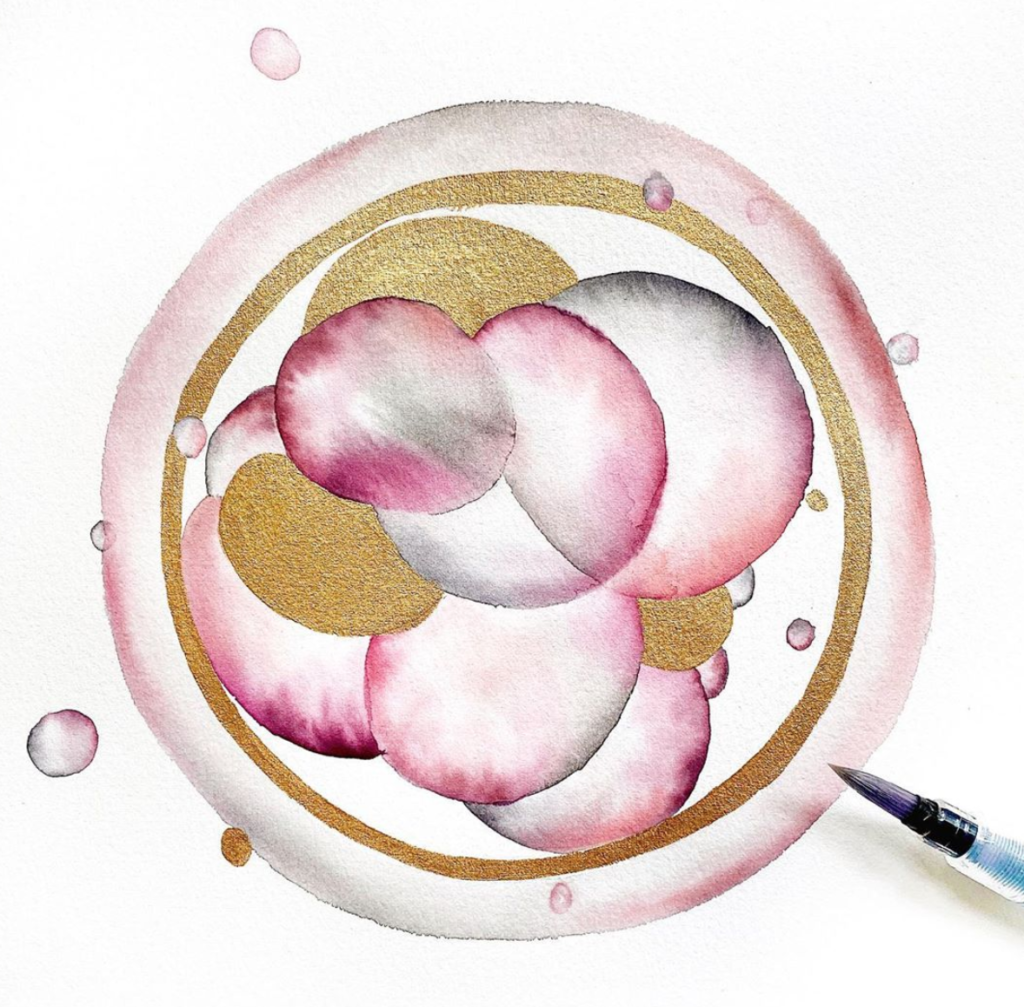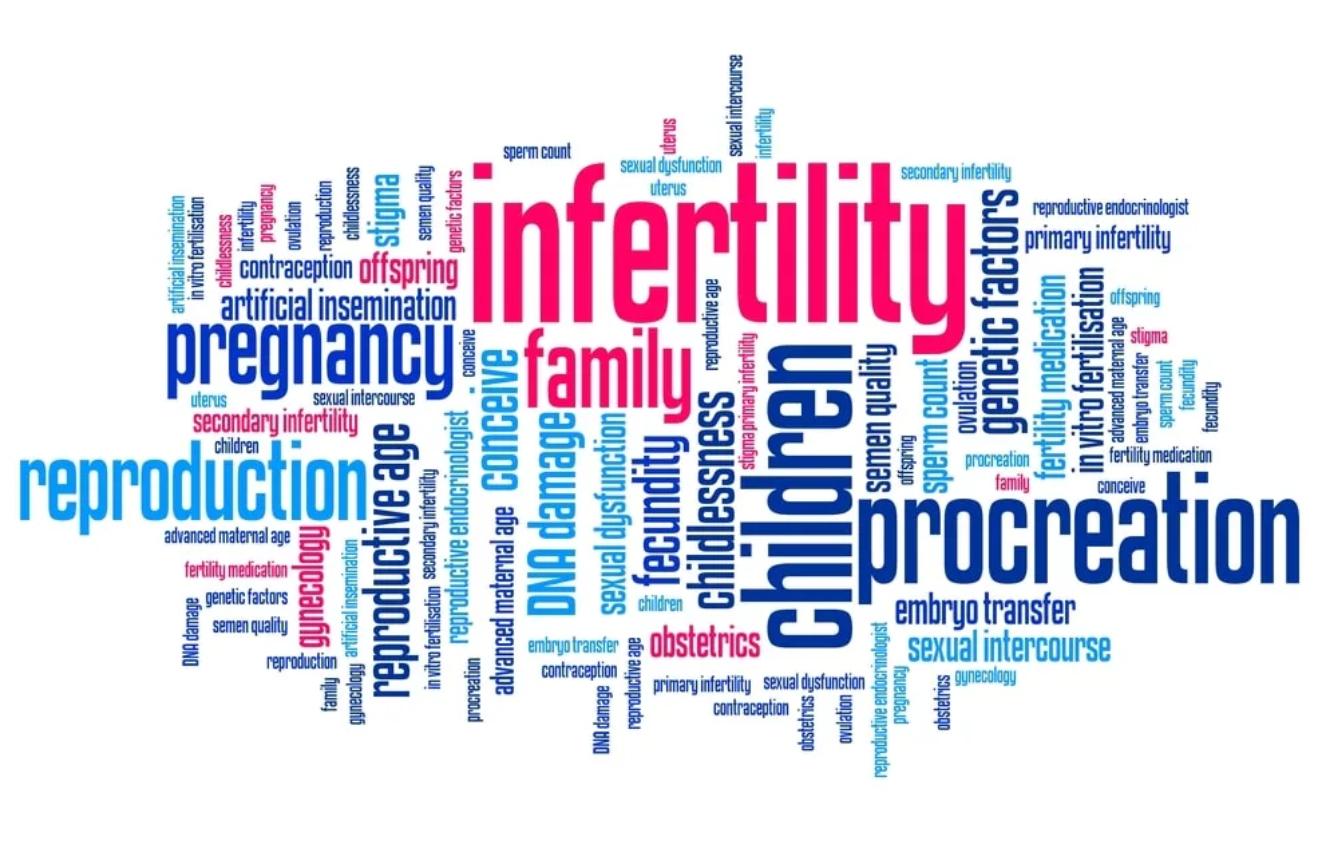Treating specific illnesses like endometriosis may or may not treat the fertility problem. Besides the other surgical and medical infertility treatments to treat certain health conditions in patients, a new class of treatments (assisted reproductive technologies, or ART) continues to be developed.
The most common ART is in vitro fertilization, or IVF, but procedures can improve the IVF procedure or address infertility conditions. These processes include:
- In Vitro Fertilization
- Intra-Uterine Insemination
- Ovulation Induction
- Male Infertility Treatments

In Vitro Fertilization (IVF)
In vitro fertilization, or IVF, entails fertilization in a laboratory and then the transfer of embryos. This process was used for people in 1977 in Bourne Hall in Cambridge, England, and tens of thousands of babies have been delivered globally with the IVF treatment.
Over the years, IVF processes have become more and more straightforward, safe and effective.
Steps Of IVF:
- 1: Stimulation of the ovary to make several fertilizable oocytes (eggs)
- 2: Recovery of the oocytes from the ovary
- 3: Fertilization of this oocytes and culture of the embryos in the IVF laboratory
- 4: Placement of their embryos to the uterus for implantation, known as embryo transfer (ET)
Infertility Types That Can Be Treated By IVF
- Absent fallopian tubes or spesific tuba uterina disease which can not be treated by operation
- Endometriosis that does not respond to therapy
- Genetic diseases that result in miscarriage or abnormal births
- Infertility secondary to antibodies against the sperm
- Male infertility entailed by a reduced sperm count, but still with sufficient active sperm to fertilize in the laboratory conditions
- Male infertility in which sperm has to be collected surgically
- Unexplained infertility which doesn’t respond to other methods
Assisted Hatching
Assisted hatching entails chemical or mechanical attenuation of the shell of the egg prior to insert in the uterus. The technique is utilized to enhance the capacity to hatch or split from its protective shell and implant in the uterus of the embryo.
The procedure involves measuring the diameter of the shell of embryos. When an embryo hasn’t initiated the thinning process naturally, a small”window” or hole is made chemically having a dilute acidic solution on the embryo surface. The embryos are then implanted into the uterus.
In experienced centers with assisted hatching has been reported excellent implantation rates (25 % per embryo) compared to 18 % per embryo with IVF in non-assisted cycles.
You may be a candidate for hatching if you are 38 years of age or older, or if you have previously had one or more IVF cycles with collapse of your embryos to implant despite outcomes.

Embryo Culturing
Culturing is a technique to grow embryos beyond the third day of process. Typically, we move embryos into the uterus around three days after would happen in nature. Normally embryos have six to eight cells on the 3rd day. Recently we have the capacity to keep the embryos two more days in a culture. In this way, embryo goes to blastocyst stage and would be ready to implantation to uterus.
The natural process of embryo growth begins with fertilization of the egg at the fallopian tube’s outer portion. It moves toward the uterine cavity, as the embryo grows. This process takes about six to seven days.
In some patients, blastocyst culturing enables optimum choice of embryos for an implant speed that is increased and transfer. This technology might not necessarily increase your chance for pregnancy. The main benefit is that embryos may be moved to eliminate the possibility of triplet and quadruplet pregnancies, while keeping a high pregnancy rate.
Embryo Co-Culturing
Embryo co-culturing was initiated to improve the quality of embryos prior to transfer into the womb. This technique has been used since 1996. It involves having a buffalo rat liver cell line to nutritional products which help embryos that are growing enhance their chances . Embryo co-culturing is only recommended to patients who have had several unsuccessful IVF trials because of the poor embryo quality.
Intracytoplasmic Sperm Injection (ICSI)
Intracytoplasmic sperm injection, or ICSI, is the microinjection of a single sperm into one egg to achieve fertilization. It was originally developed to help fertilization in couples with male factor infertility or even couples who failed to fertilize in a previous IVF attempt. The procedure enables couples with very little hope of pregnancy to obtain embryos and overcomes many obstacles to fertilization.
The technique entails precise maneuvers to decide on a single live sperm and inject it straight. The procedure requires so many mature eggs develop that the spouse experience ovarian stimulation. These eggs are suctioned through the vagina, with vaginal ultrasound, and incubated under exact conditions from the laboratory.
Turning the sperm cells prepares the semen sample. This solution separates the majority of the sperm that is dead and sperm from debris. The specialist picks up the live sperm in a glass needle and injects it directly into the egg.
The fertilization rate of eggs is 70 to 80 percent, and pregnancy rates are comparable to those found in couples without a male factor infertility with IVF.
Intra Uterine Insemination (IUI)
Intra-uterine insemination (IUI), also known as artificial insemination, is the procedure of forming and preparing sperm to ensure a highly concentrated number of active motile sperm is placed directly through the cervix into the uterus. The current IUI pregnancy rate per treatment is 14 to 15 %. It can be performed with or without fertility medications for the female patient.
The pregnancy rate is that by utilizing timed intercourse. IUI is commonly performed as a low-tech approach to improving fertility.

Ovulation Induction
Oral medications containing hormones were developed to cause ovulation in women with irregular cycle who did not ovulate. The goal was to stimulate the body to create and release an egg.
Injected hormones have been developed to improve the amount of eggs reaching adulthood raising opportunities for conception, in one cycle. These medications are more expensive, raise the risk of conceptions, require additional time and might cause ovarian.
In the mid-90s, oral medications have been used in women with regular menstrual cycles that ovulate but that have”unexplained infertility” The medication can treat subtle unidentified defects and cause the maturity of two to three eggs, instead of one, to enhance the quality and amount of ovulation and enhance pregnancy rates.
Ovulation induction is combined with intrauterine insemination, and it should only be contemplated after a thorough and complete evaluation. All hormonal disorders like thyroid dysfunction ought to be treated before resorting to using fertility medications.
The following fertility medications are used for childbirth:
- Clomiphene Citrate — Seraphene and Clomid
- Human Menopausal Gonadotropin (hMG) — LH/FSH preparats (Menopur, Repronex)
- Follicle Stimulating Hormone (FSH)
- Human Chorionic Gonadotropin (hCG) — Profasi or Pregnyl
- Leuprolide (Lupron) and Synthetic Gonadotropin (FSH/LH) Inhibitor

